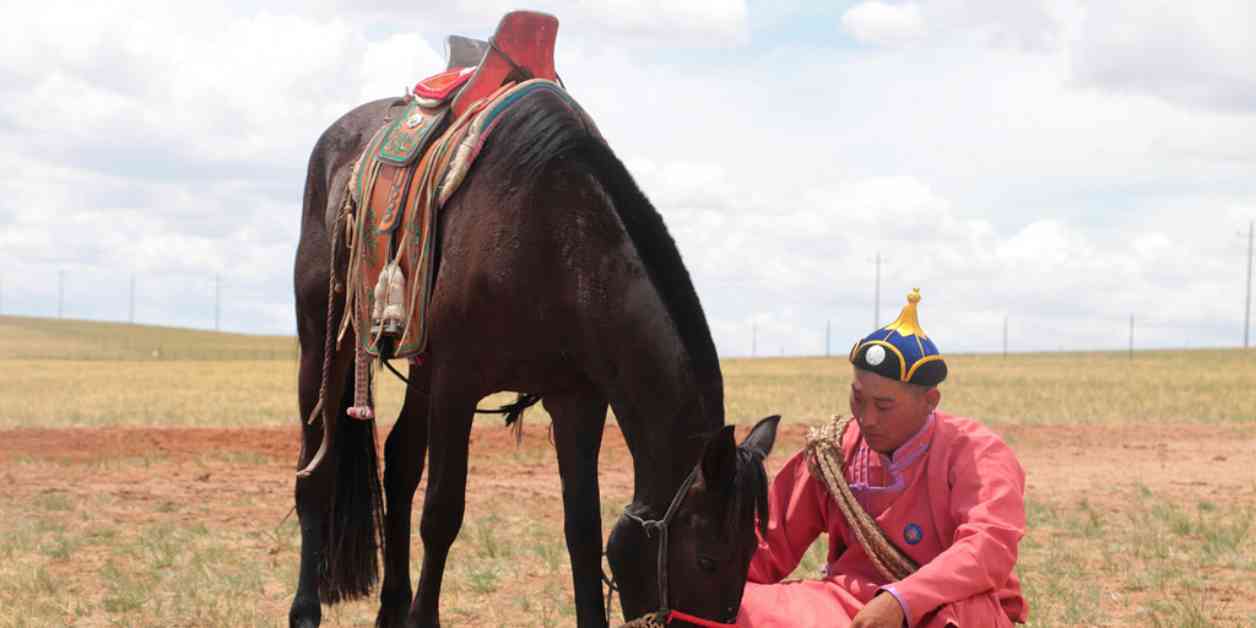Around 4,200 years ago, a particular lineage of horses rapidly became dominant across Eurasia, as revealed by a recent study published in the journal Nature. This finding sheds light on the role of the Bronze Age Sintashta people in the domestication of horses and how it impacted human history.
The genetic analysis of 475 ancient horse genomes showed a significant change around 4,200 years ago, indicating the rise of a specific lineage originating in the Pontic-Caspian Steppe region. This genetic type quickly spread across Eurasia, replacing other lineages within a few hundred years.
Researchers believe that the Sintashta people played a crucial role in this transformation by domesticating their local horses and utilizing them to expand their territory. This process of domesticating wild horses was not a single event but rather a gradual development that shaped the relationship between humans and horses.
While humans had previously domesticated other animals like dogs, pigs, cattle, goats, and sheep, the genetic changes associated with horse domestication happened at a much faster pace. This rapid transformation of the horse genome highlights the unique bond between humans and horses throughout history.
The study also provides insights into the evolutionary history of horses, tracing their origins back to North America before migrating to Asia over a million years ago. The extinction of horses in the Americas and their flourishing in Asia contributed to the eventual domestication of horses by humans.
This research highlights the special significance of horses in human societies and how their genetic evolution was influenced by human interactions. By analyzing ancient horse genomes, scientists are able to piece together the puzzle of when and how horses were first domesticated, offering a glimpse into the past and the profound impact of this transformation on human civilization.




